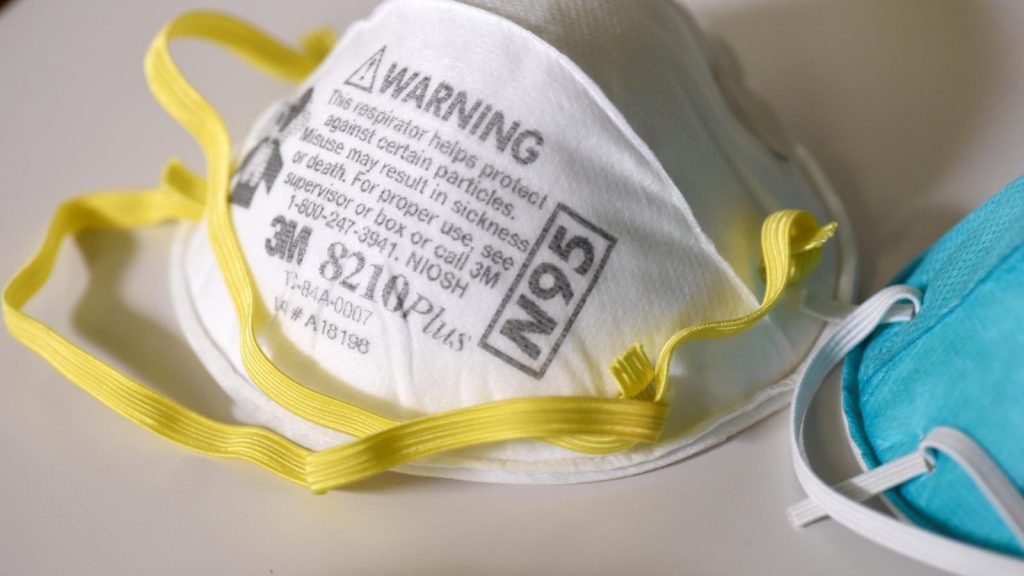Even as the world is witnessing a crunch in personal protective equipment (PPE), a team of US surgeons has developed a new process to disinfect disposable N95 masks that allows health care workers to reuse their masks for up to 20 times.
The novel disinfection process, developed in collaboration with Washington State University and St Louis health care system, uses vaporised hydrogen peroxide. Hydrogen peroxide (H2O2) is a chemical compound that’s a combination of hydrogen and water.
Test results from a pilot programme at Barnes-Jewish Hospital and two other hospitals in the US showed that the disinfection process kills germs in N95 masks while ensuring that the only person who touches the mask is the original mask wearer, the study published in the Journal of American College of Surgeons, said.
“Our primary outcome is safety for the health care workers. We want to make it safer for team members who are at risk while taking care of patients with a known or possible COVID-19 diagnosis,” said project leader and study co-author Andrew Pierce, director of supply plus at Barnes-Jewish.
“The Barnes-Jewish process has a unique modification–an identification system that enables the hospital to return the sanitised mask to the same individual each time,” said senior author Shaina Eckhouse from the Washington State University.
According to the researchers, the disinfection process that has since been put into place begins at the end of a shift.
A health care provider removes his or her N95 mask in that unit’s soiled utility room and places it in a sterilisation pouch (Crosstex) made of breathable polyethylene fibre (Tyvek by DuPont) on one side. In the other side of the sealed pouch, the worker writes his or her name or employee ID number, hospital, department, and unit location and puts the pouch in the soiled collection bin, they explains.
A designated worker wearing proper protection collects the bins twice a day and takes them to a specially designed and sealed disinfection room–built in four days, the authors wrote.
The pouches are arranged there, breathable side up, by the clinical unit on wire racks. A hydrogen peroxide vapour generator (Bioquell Z-2), which Washington University already owned to decontaminate equipment, fills the room with the chemical.
After 4.5 hours of disinfection, a worker moves the racks of masks to another area that has a fan to off-gas the hydrogen peroxide, where the masks stay until sensors record a zero reading.
The pouches are returned to their respective units in a decontaminated bin, finishing a process that takes about seven hours, Pierce said. Workers can wear their masks up to three weeks because past studies show that disinfection more than 20 times could alter the fit of the mask, he noted.
This approach, according to the authors, increased employee acceptance of reusing what is normally a single-use N95 mask and helped ensure proper fit of the returned mask.
